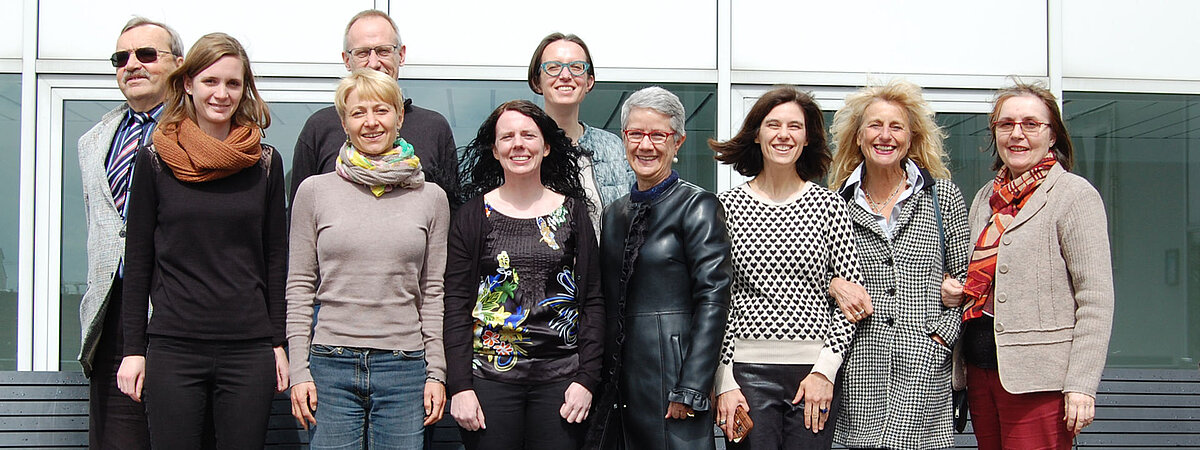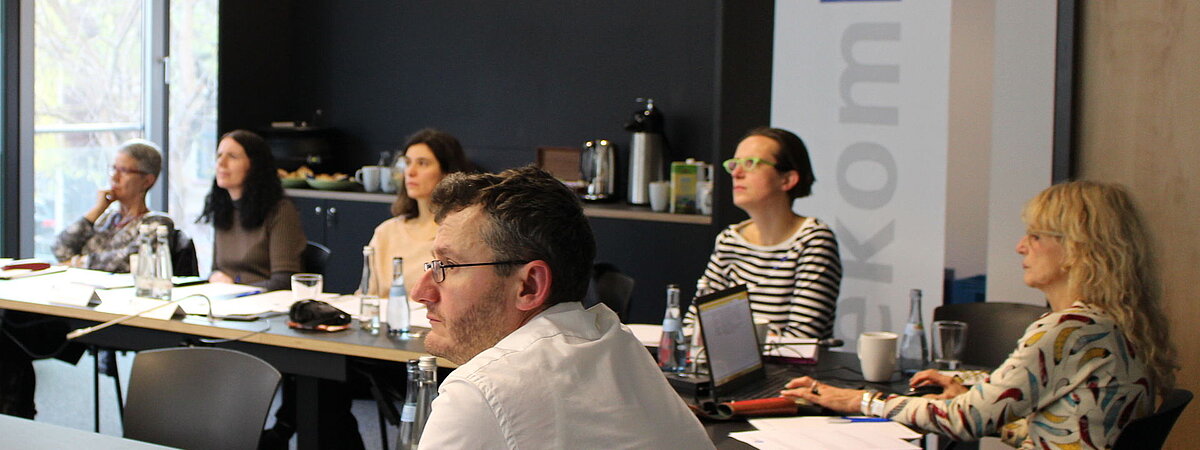

Project TecCOMFrame
About the project
In 2015, tekom Europe initiated TecCOMFrame as a higher education project with project partners from eight higher education institutes across Europe. The project is part of the Erasmus+ program in the area of Strategic Partnerships KA2: Cooperation for Innovation and the Exchange of Good Practices and, as such, co-funded by the EU. By assigning the Erasmus+ project to tekom Europe, the EU underscores the importance of establishing more higher education programs in technical communication across Europe.
In most European countries, technical communication does not have a prescribed curriculum because it is a relatively new field of work. No programs of study are offered, and individuals enter the field without formal training. The occupational profile as well as the competencies and qualifications for technical writers are unclear. At the same time, technical communication is taking on increasing importance due to globalization, digitalization, fast-growing technology and legal or other requirements. Consequently, even in countries where higher education study programs are offered, the number of graduates is below the demand of the labor market.
Technical writers may be involved in several activities, including writing, information design, user experience, research, programming, web design, and myriad related tasks. Therefore, a comprehensive overview of the field of work was needed to possibly serve as a basis for developing future curricula.
THE TARGET GROUPS OF THE PROJECT:
- European Higher Education Institutions (HEI)
- Students
- High-school graduates
- Employers
- Career changers
- Placement agencies
Key Facts
- A European collaboration project to improve higher education in the field of technical communication (TC)
- From autumn of 2015 until August 2018
- EU-funded as Erasmus+ Strategic Partnership
- 9 project partners
The main objectives of this project are to develop a common academic qualification and competence framework for technical communication as well as several prototype curricula and training modules of technical communication based on this framework. These prototype curricula may serve as templates from which higher education institutes can derive their own curricula and which can be tailored according to their needs and the local conditions. The framework is international in its scope and has the potential to become a European-wide standard, given its consistency with current European concepts and tools and with common methodological approaches such as Bloom’s taxonomy.
It focuses on:
- The competencies to be taught in higher education programs in technical communication
- The establishment of appropriate curricula for training in technical communication
MAJOR IMPACTS
Increasing number of:
- Study programs in technical communication (TC)
- Graduates in TC
- Qualified professionals in TC
Facilitating:
- Better understanding of the profession and its requirements
- Job mobility through definition of standards
- Student and staff exchange through availability of programs
- Employability of students from related studies through
specialization in TC - Employee recruitment due to clear assessment criteria
The project team used several strategies to collaborate on the development of the outputs. The eight partners and the project coordinators met face-to-face at least four times a year to discuss project administration and the progress in meeting milestones. Web meetings were held as needed. All meetings were in English, and usually the whole group attended. The meetings provide updates between face-to-face meetings and kept partners focused on the project. Subgroups of the project team had web meetings to work on tasks assigned to them, particularly during the curriculum development stage.
An important collaborative activity was dissemination of the project at conferences organized by tekom and at other conferences related to technical communication. Feedback from these events identified gaps in the content of the framework. Discussing the project at conferences and events also offered opportunities to meet other stakeholders in the project: e.g., other European institutions for higher education, and stakeholders from industry and service companies. These stakeholders provided feedback on the framework, in person and through surveys.
A further collaborative feature of this project was the involvement of ‘silent partners’, individuals interested in being involved who were invited to provide feedback on drafts of the framework. Silent partners included academics from Europe and the US, as well as practitioners and employers. Silent partners’ contributions made the outputs more robust.
For further information on the methods used to develop the competence framework and curricula, see the publications about the project.
OUTPUTS
The competence framework, curricula, and other outputs needed to adhere to several requirements to be usable by higher education institutions.
- The first requirement was a justifiable, and comprehensible methodical procedure. The framework is presented systematically, and applies Bloom's Taxonomy of Educational Objectives in the cognitive area to describe the learning goals.
- The second requirement was an understanding of the characteristics and demands of academic training. The project team ensured that the framework focussed on competencies related to a range of disciplines and in-depth knowledge and skills within each subject area. The framework also needed to be flexible and responsive rather than fixed because the technical communication field changes rapidly.
- The third requirement was that the framework needed to have the potential to become a European-wide standard. Therefore, the curricula derived from the framework had to be consistent with current European concepts and tools, such as European credits and the levels defined in the European Qualifications Framework (EQF)
- All outputs from the project needed to be user friendly; higher education institutions, students and professionals in technical communication, and in related fields, should be able to use the framework and prototype curricula effectively and efficiently.
The project has delivered the TecCOMFrame as an academic competence framework for education and training in technical communication across Europe. It has also delivered four different prototype curricula reflecting EQF levels 5-7: Specializations, Bachelor and Master. Apart from regular communication and articles on the project, this website has been published. It is a European-wide platform for information about the profession of technical communication. Finally, a qualification and competence profiling tool following the example of the European e-Competence Framework (e-CF) for the area of TC has been developed and published.
MAJOR OUTPUTS
1. Development of curricula at three levels
- EQF level 5: Specialization courses for language/translation and engineering studies
- EQF level 6: Bachelor program
- EQF level 7: Master program
2. TecCOMFrame: A joint Academic Competence Framework for Technical Communication
3. This website as a European information platform
4. Competence and Qualification Profiling Tool
